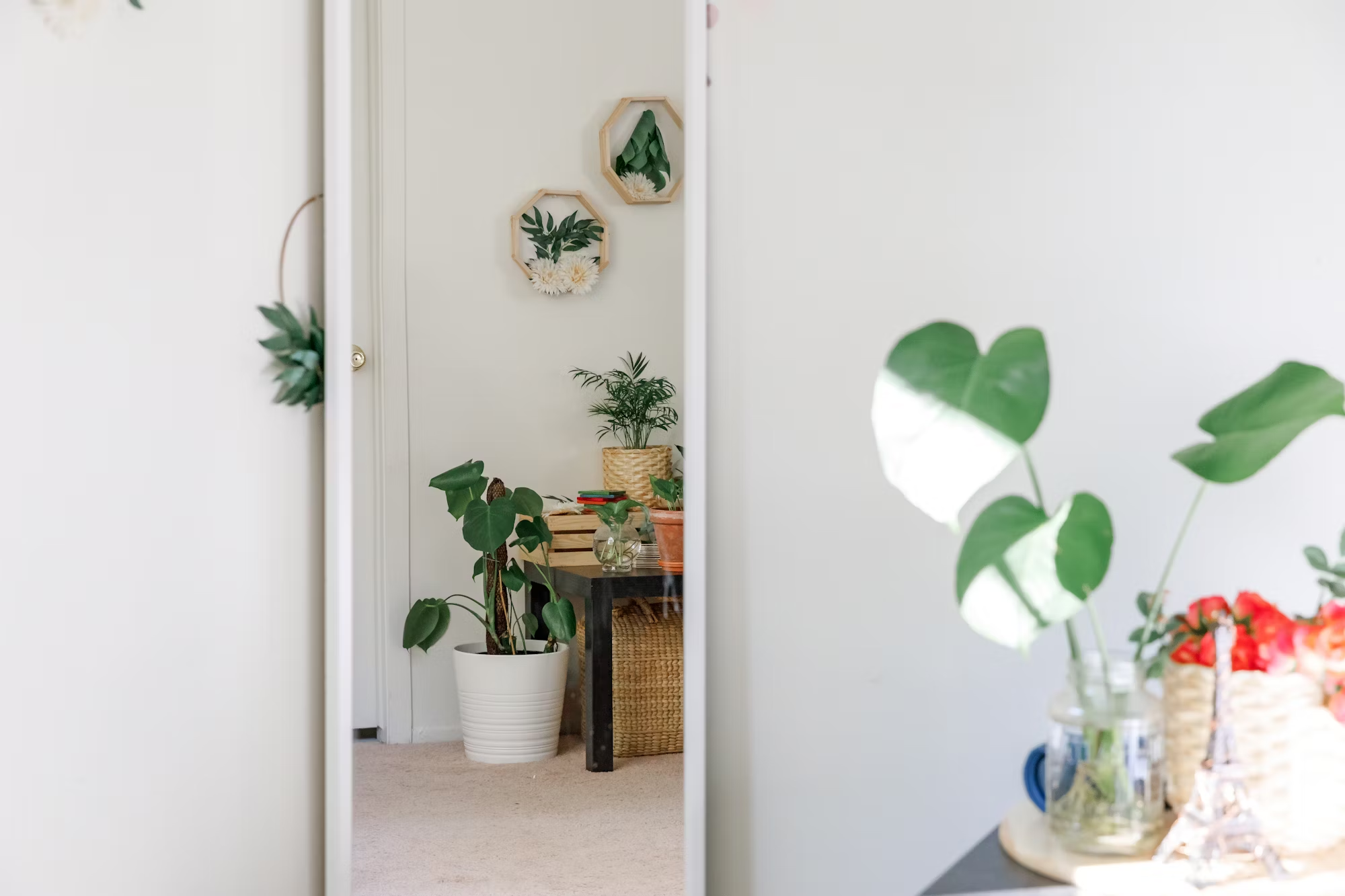The living room is often considered the heart of the home, serving as a gathering place for family and friends. Its design and functionality can significantly impact how we interact, relax, and entertain. In this article, we will explore various styles of modern living rooms, discussing their unique characteristics, design elements, and the ways they can be tailored to meet the diverse needs of today’s homeowners. One popular trend in living room design is the open-concept layout, which merges the living room with adjacent spaces like the dining area and kitchen. This design choice fosters a sense of connectivity and flow, allowing for seamless interaction between family members and guests. The use of large windows and sliding glass doors in these spaces enhances natural light, creating a warm and inviting atmosphere. Homeowners can further enhance the openness of their living rooms with neutral color palettes and minimalistic decor, which contribute to a sense of spaciousness. Incorporating multifunctional furniture is key in optimizing the open-concept living space. Sofas with built-in storage, coffee tables that double as workspaces, and ottomans that can be used as seating all help maximize functionality without sacrificing style. Additionally, strategic placement of rugs can help delineate areas within the open space, providing visual interest and a sense of organization. Another trending style is the cozy, cottage-inspired living room. This design emphasizes comfort and warmth, featuring soft fabrics, inviting color schemes, and a mix of vintage and contemporary furnishings. The use of layered textiles, such as throw blankets and an array of cushions, creates a relaxed atmosphere where one can unwind. Accent furniture, like oversized armchairs or reclaimed wood coffee tables, adds character and a personal touch. Integrating natural elements is essential in achieving this style; elements such as potted plants, wooden accents, and light, airy curtains can enhance the inviting feel of the space. For those seeking a more sophisticated approach, the modern luxury living room stands out with its elegant furnishings and refined decor. This style is characterized by high-quality materials, such as velvet, leather, and polished metals. The color palette often includes rich tones like deep blues, emerald greens, or muted earth tones, creating a sense of depth and opulence. Art pieces, statement lighting fixtures, and carefully selected decorative accents contribute to the overall elegance of the room. Incorporating technology seamlessly into the luxury living room design can enhance comfort and convenience. Smart home systems allow for control of lighting, temperature, and entertainment from the touch of a button, elevating the living experience. The industrial style has gained popularity as well, especially in urban settings. This design embraces raw materials and unfinished aesthetics, often featuring exposed brick walls, concrete floors, and metal fixtures. Industrial living rooms can be designed with a monochromatic color palette, punctuated by bold accents in furniture or artwork. The use of vintage or repurposed furniture enhances the authenticity of this style, creating a unique and eclectic atmosphere. When designing an industrial living room, homeowners should focus on creating a cohesive look by combining elements that harmonize with the space’s architectural features. Another emerging trend is the biophilic design, which seeks to connect indoor living spaces with nature. This style incorporates natural materials, plants, and ample natural light, fostering a calming and restorative environment. Living walls, indoor gardens, and large windows that frame outdoor views are key elements of biophilic design. In addition to enhancing aesthetics, this approach contributes positively to mental well-being by bringing the outdoors inside. For homeowners who appreciate minimalism, the contemporary living room emphasizes simplicity and functionality. This style features clean lines, a limited color palette, and minimal decor, allowing for a clutter-free environment. Functional furniture pieces, such as sleek sofas and streamlined coffee tables, contribute to the overall sense of space. Minimalist living rooms often prioritize quality over quantity, encouraging homeowners to invest in fewer but higher-quality pieces that stand the test of time. Lighting plays a crucial role in any living room design, regardless of style. Layered lighting—combining ambient, task, and accent lighting—can enhance the mood and functionality of the space. Pendant lights, floor lamps, and strategically placed wall sconces can create an inviting ambiance while providing ample illumination for various activities. Choosing the right light fixtures that complement the overall design theme is essential for achieving a cohesive look. Personalization is also an important aspect of living room design. Homeowners can showcase their personality and interests through curated decor, artwork, and family photos. This not only adds a personal touch but also creates a sense of belonging in the space. Whether it’s a gallery wall of framed artwork or a collection of travel souvenirs, these elements tell a story and make the living room truly unique. Lastly, the incorporation of technology cannot be overlooked in modern living room design. With the rise of smart home devices, homeowners can enhance their living spaces with integrated audio systems, smart TVs, and automated lighting. These technologies not only improve convenience but also elevate the overall entertainment experience, making the living room a hub for social gatherings and relaxation. In conclusion, the living room is a versatile space that reflects the personality and lifestyle of its inhabitants. From open-concept layouts to cozy cottage designs and modern luxury aesthetics, there are countless ways to create a functional and stylish living room. By thoughtfully considering design elements such as furniture, lighting, color palettes, and personalization, homeowners can craft a space that is not only beautiful but also serves their unique needs and enhances their daily lives.





